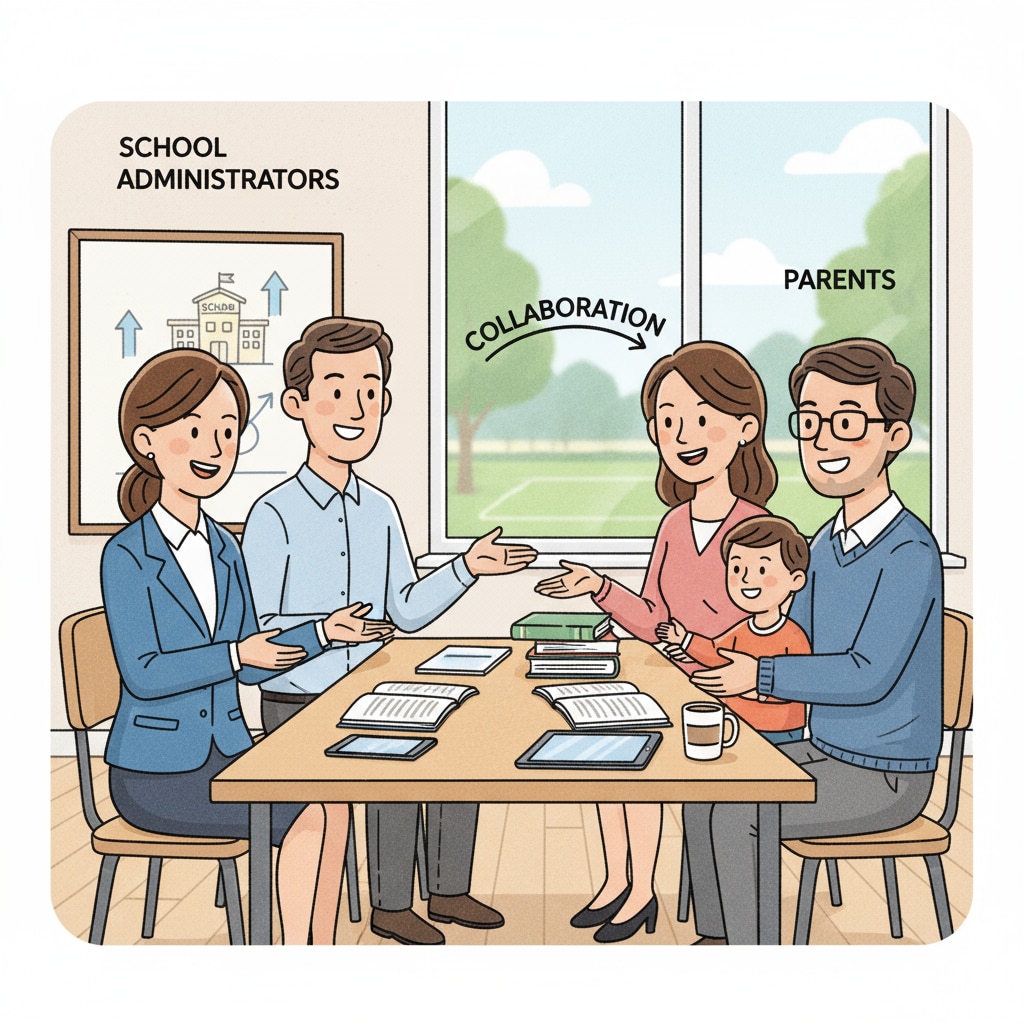In the realm of education, the intersection of school discipline, parental demands, and restorative practices often presents complex challenges. School administrators are frequently caught in the middle, trying to navigate the divide between parents who advocate for strict disciplinary measures and the school’s commitment to restorative practices. This article delves into practical strategies to address this conflict and create a harmonious educational environment.
The Clash of Approaches
Parents and schools may have different perspectives on discipline. Some parents, influenced by their own upbringing or concerns about their child’s behavior, may demand strict rules and swift punishments. On the other hand, restorative practices focus on repairing relationships, understanding the root causes of misbehavior, and promoting growth and learning. This difference can lead to tension and conflict. For example, a parent might be frustrated when a school chooses a restorative approach for their child’s misbehavior, believing it to be too lenient. Understanding the Different Views on School Discipline

The Importance of Effective Communication
Open and honest communication is the cornerstone of resolving this conflict. School administrators should initiate regular conversations with parents to explain the principles and benefits of restorative practices. By sharing success stories and research findings, they can help parents understand how these practices contribute to the long-term well-being of students. Additionally, administrators should listen attentively to parents’ concerns and fears. This two-way communication can build trust and lay the foundation for a collaborative approach. Enhancing Communication between School and Home

Another crucial aspect is education. School administrators should provide parents with resources and training on restorative practices. This could include workshops, seminars, or informational materials. By increasing parents’ understanding of these practices, they are more likely to support and participate in them. Moreover, administrators can involve parents in the restorative process, such as inviting them to mediation sessions or restorative circles. This not only gives parents a sense of ownership but also allows them to see firsthand the impact of these practices on their children.
In conclusion, finding a balance between parents’ discipline demands and the school’s restorative practices is essential for the healthy development of students. By implementing effective communication strategies, fostering educational consensus, and building strong partnerships, school administrators can create an environment where both parents and schools work together towards the common goal of nurturing well-rounded individuals. Through this collaborative approach, students can thrive and grow in a supportive and inclusive learning environment.
Readability guidance: Using short paragraphs and lists helps summarize key points. Providing a list under each H2 aids clarity. Controlling passive voice and long sentence ratios ensures readability. Incorporating transition words throughout the text enhances flow.


